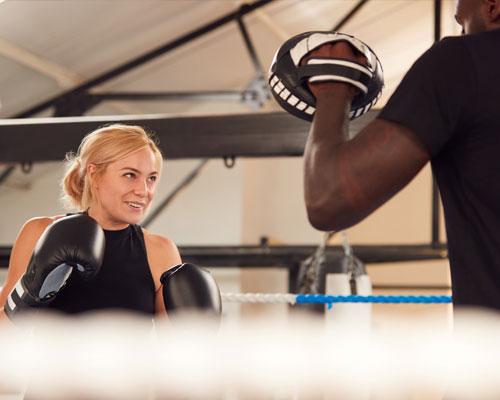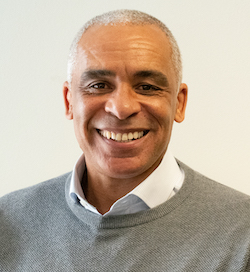features
Industry Predictions
International spa and wellness professionals, working in various industry sectors, give their views on the industry and report back on major trends
Dr Tanya Pergola,
Founder and trip leader,
The Healing Safari

Massage therapists in Africa were traditionally recruited from Europe or Thailand, but in recent years, high-quality massage training schools have opened in South Africa and in Nairobi, Kenya, so while European trainers are still brought in to share consumer trends and expectations, more Africans – mainly women – are training to be therapists.
There are now some highly skilled native African therapists who combine traditional intuition and healing massage practices with Western techniques, such as Swedish massage.
Safaris are big business and are becoming more linked with wellness. To enhance relaxation, many safari lodges have massage therapists in-house or on-call to provide treatments in guests’ rooms or outside, often overlooking majestic landscapes.
By its nature, a safari is healing – the word is Swahili for ‘journey’. Spending the day following the rhythms of nature, immersed in the habitat of awe-inspiring wildlife, de-stresses people in an instant.
In addition, a growing number of yoga instructors from around the world are organising their own groups to take on safari in sub-Saharan Africa, creating ‘yoga safaris’ that integrate a yoga retreat with a wildlife safari. This trend is sure to continue, and lodge and resort owners might consider adding space to their properties to accommodate the needs of yoga and meditation classes.
Some African skincare companies use traditional ingredients like African potato, marula oil, shea butter and rooibos, and their spa treatments incorporate ancient African rituals. For example, spas that are located in coffee-growing zones often utilise ground coffee in their spa treatments; African red clay is used for its healing properties; and traditional medicinal plants can be used for poultices. These authentic, local elements are all very popular with visitors, many of whom are keen to experience what makes African spa and wellness facilities different. The key is to marry these traditional medicines and rituals with the expectations of the modern spa client, and to tailor products to the ‘softer’ skin type of Western travellers, who are generally not so used to being exposed to rough outdoor conditions.
Businesses will succeed when they find ways to create products and treatments that are appropriate to the travelling client, without losing the essence and power of the traditional ingredients that make these treatments special and effective.
Ancient healers are also becoming more involved with wellbeing. It takes time to develop relationships with them so they come to trust ‘outsiders’ enough to share their ancient healing arts. I act as a ‘connector,’ linking these healers with spa and wellness programmes. I believe that so much more can – and should – be done to nurture these healers so they can share their powerful ancient wisdom and traditions with an increasingly unwell world.
“Many visitors are keen to experience what makes African spa and wellness facilities different”
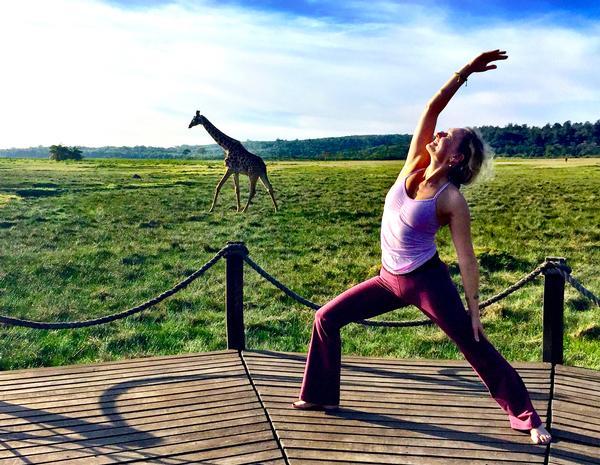
Neil Owen,
Director,
Spa Vision
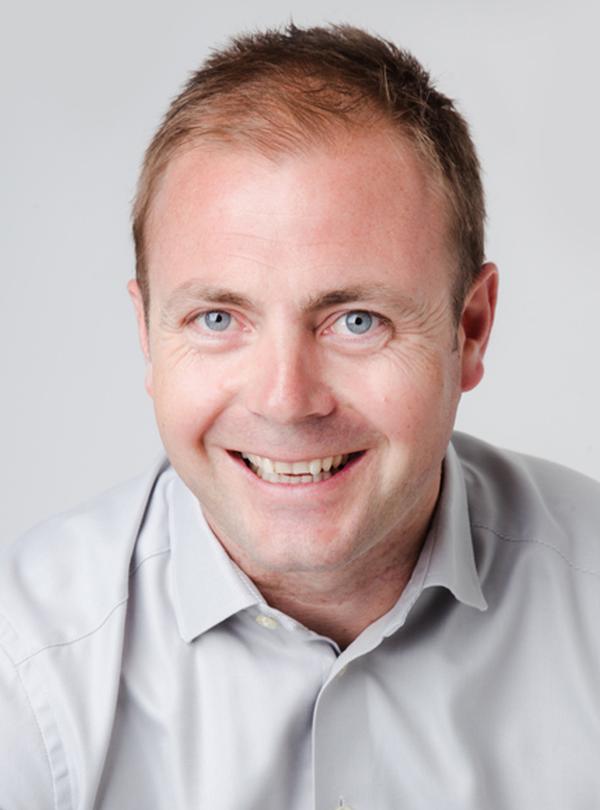
Wellness tourism is a US$563bn industry and an integral component of the global wellness economy. But despite an annual growth rate of 6.8 per cent in wellness tourism, recent global political instability may have a negative impact on international visitors to many countries over the coming years.
Australia, however, is well-positioned to buck the trend. Not only is the country regarded as a safe destination for international tourists, but the potential growth in domestic wellness tourism as a result of fewer Australians travelling overseas can be a catalyst for national development and growth. The wine industry is an ideal partner; the cities of Adelaide, Melbourne, Sydney and Perth all have world-class wine regions within a few hours’ drive of large populations, and fantastic opportunities exist to develop wellness facilities and attract new tourists in these areas.
The foundations are in place for wine and wellness to be a success. Chinese tourists, for example, are not only the leaders in wellness tourism trips globally, they also recently became the largest export market for Australian wine. Wine may often be the key driver for the guest visit; however, strategically, there is an opportunity to work alongside one of Australia’s great success stories and develop further an already iconic industry while simultaneously making a positive impact on people’s lifestyles.
“There is an opportunity to work alongside one of Australia’s great success stories”
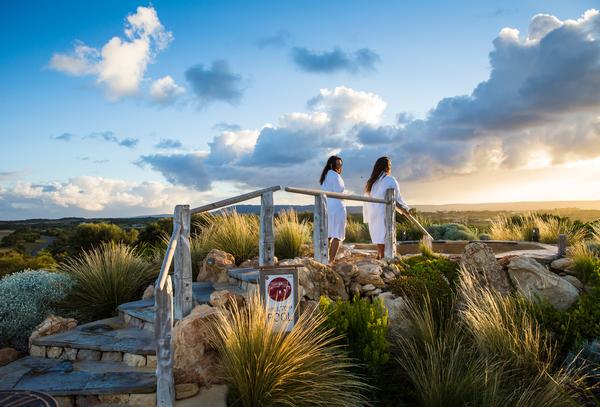
Paul Hawco,
Director of Talise Spa operations,
Talise Wellness, Jumeirah Group
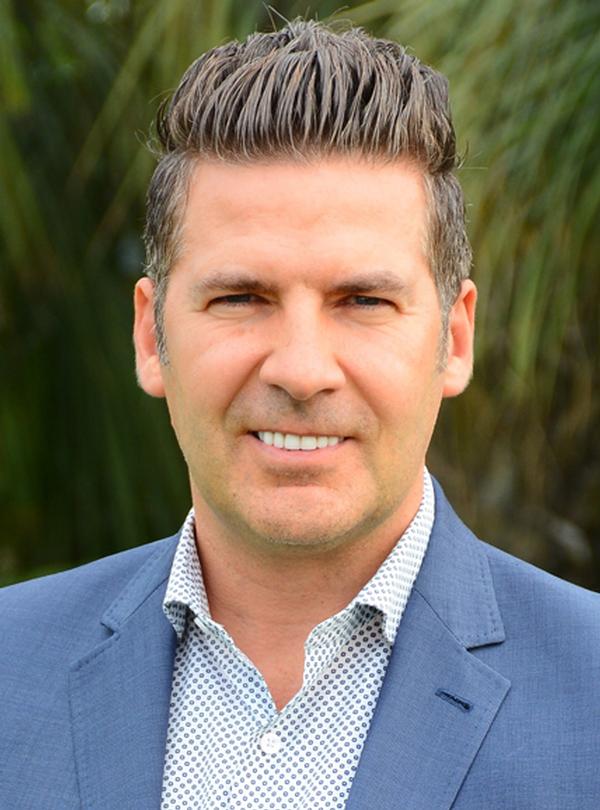
The future is bright for the Middle East spa and wellness industry. The region holds some of the most luxurious and therapeutically designed facilities in the world, and hotel brands are positioning themselves within the wellness tourism industry. The UAE is fast becoming an authentic wellness destination, and the strength of the fitness, beauty, nutrition and spa markets in the region helps to underpin this growth.
In response to this growth, spa communities have been working together to support each other in an effort to spearhead collaboration and keep pace with changing market conditions.
We have an established network of spa professionals that meets regularly and collaborates on industry-related issues. In 2015, we came together to organise the first-ever Middle East benchmarking system and report (see p 120) in partnership with Colliers International.
The industry is outpacing the supply of trained professionals. Spa operators in the UAE identified recruitment (68 per cent), training (20 per cent) and turnover (12 per cent) as their top challenges. The region is responding with a diversified recruitment platform reaching new regions such as Spain, the UK, South Africa and Portugal. Larger spa operations have strong internal platforms that support continued growth and retention. With brand awareness and reputation remaining the driving forces behind why guests seek out a particular spa, and quality and consistency being the two main reasons for them to return, the need for adequately trained and talented spa staff in the Middle East is becoming increasingly important.
“Spa communities are working together to support each other in an effort to spearhead collaboration and keep pace with changing market conditions”
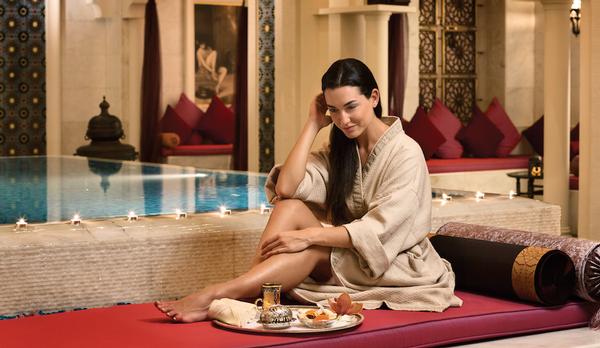
Yoriko Soma,
President,
Conceptasia

Japan’s population tree is ahead of any other developed country. Our ageing population problem is with us already, though Japan has long had the longest life expectancy for both women and men. All Japanese citizens are covered by health insurance which is provided by the government, but the health insurance schemes suffered a US$6bn deficit last year. The government is considering how to solve this problem
One idea is to persuade people to care more about preventive medicine. This involves building a greater awareness of the importance of regular exercise, increased mental relaxation (taking more holidays), and regular health checks, as well as educating people about the problems caused by junk food.
Japan has relatively low income differences between rich and poor, but the Japanese people are beginning to realise that having a well life – or not – is one way to judge quality of life.
The millennial generation is not as big a market as in the US, due to the demographic differences – the population of Japanese in their twenties declines by 1 per cent each year. Millennials are largely ignored by Japanese companies who sell wellness and beauty items or services. On the other hand, women in their 40s and 50s lead the beauty and wellness industry, spending lots of money to maintain their beauty.
With an ageing society and a shrinking birthrate, the wellness and spa industry in Japan is focusing on wellness packages and tourism along with results-oriented services.
In 2019, Tokyo will host the World Rugby tournament, while the Tokyo Olympic Games takes place in 2020. Our country is ready to accept more sports and wellness and, though our people are ageing, there are still over 120 million relatively healthy and wealthy people, and a correspondingly large target market.,null
“Japan has relatively low income differences, but people are beginning to realise that having a well life – or not – is one way to judge quality of life”
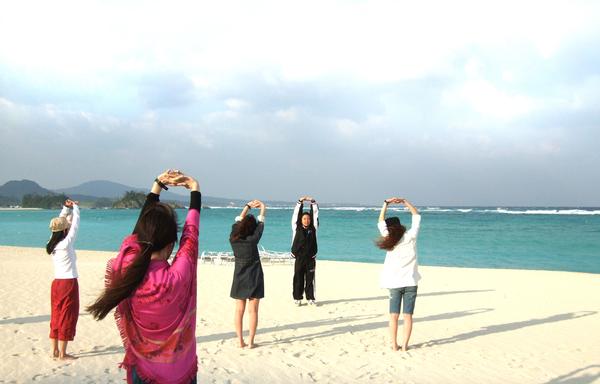
Karen Short,
Board president,
Green Spa Network
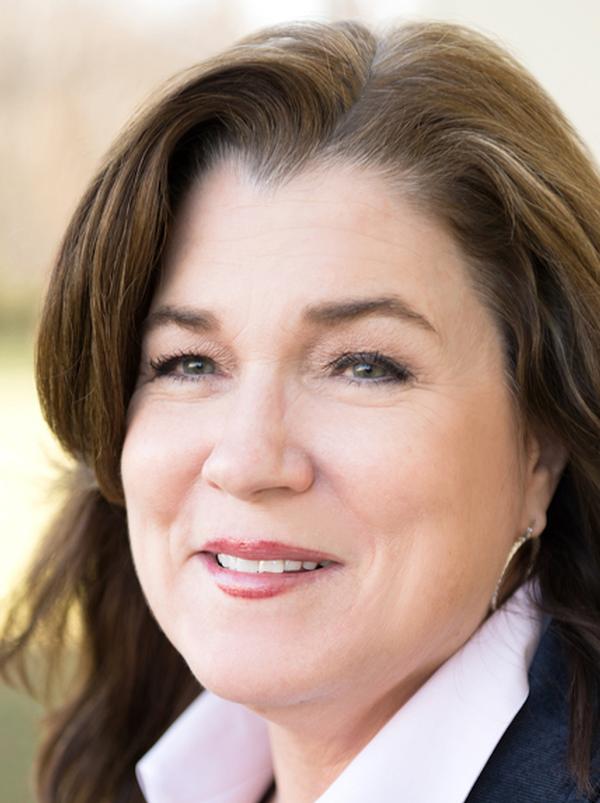
If you’re a spa owner, seeing steady growth in the number of spas adding eco-conscious equipment, products and practices to their brand is inspiring – but it’s also a trend worth emulating. Spa-goers understand why it makes sense to treat our planet with the same conscious care they bring to their wellness lifestyle. Connecting sustainable values with the spa experience earns your guests’ praise.
But to stop there would be passing on an important opportunity, because sustainability is more than just the right thing to do – it’s what spas have always been about.
As our industry evolves, success may become less about pioneering that next treatment trend, ancient art or mindful mantra, and more about rediscovering the gifts those healing roots offer. Getting back to the heart of spa and nature helps your guests find their quiet space – something they likely need now more than ever.
Whether through your spa’s architecture, design, services or staff’s calming presence, the profound simplicity of offering a green, quiet space will always be the strength and foundation of our industry.
“Sustainability is more than just the right thing to do – it’s what spas have always been about”

Mark Hennebry,
Board director,
Danubius Hotel Group
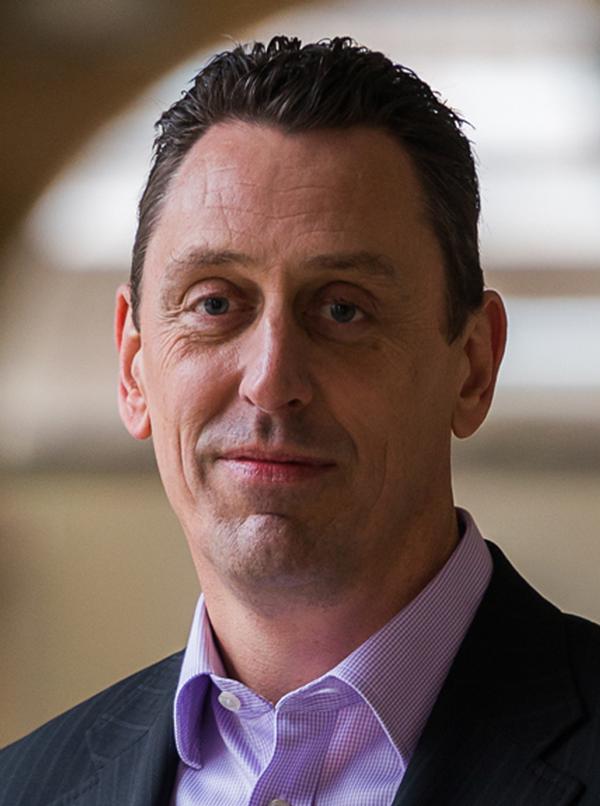
The future of the geothermal spa and mineral springs industry is positive; for those of us who work in this sector, it’s self-evident. For our wider spa and wellness industry colleagues, this statement holds true based on similar factors happening throughout the sector.
There has been a groundswell of interest in health and wellness over the past number of years, but our guests have typically experienced spas in a hotel or day spa environment. As the beneficial health effects of geothermal and mineral springs are better understood, that guest interest is intensifying.
As just one example, the American College of Physicians recently issued new guidelines on non-invasive treatment of back pain, which includes recommendations for non-drug therapies such as heat, massage and multidisciplinary rehabilitation.
This helps bring the focus to geothermal spas and mineral springs – and the specific health and wellness benefits of bathing in mineral-rich waters. We’re seeing an upsurge in interest, specifically in Central Europe, where there is a long tradition, dating back centuries, of bathing in hot springs.
At the same time, guest behaviour is changing and demand for shorter stays is increasing. We’re already experiencing a shift away from two-week stays towards one-week stays and we anticipate that shorter stays will be in higher demand, particularly with a younger demographic. We already have short-stay offerings, but these need to be developed and extended to respond to a wider range of guest preferences.
Finally, there is also a growing understanding that healthcare costs are escalating beyond the ability of governments to increase the tax base to pay for these costs – and that part of the answer lies in the bountiful resources provided by nature.
“There is a growing understanding that healthcare costs are escalating and that part of the answer lies in the bountiful resources provided by nature”

Amanda Al-Masri,
vice president of spa services,
Equinox
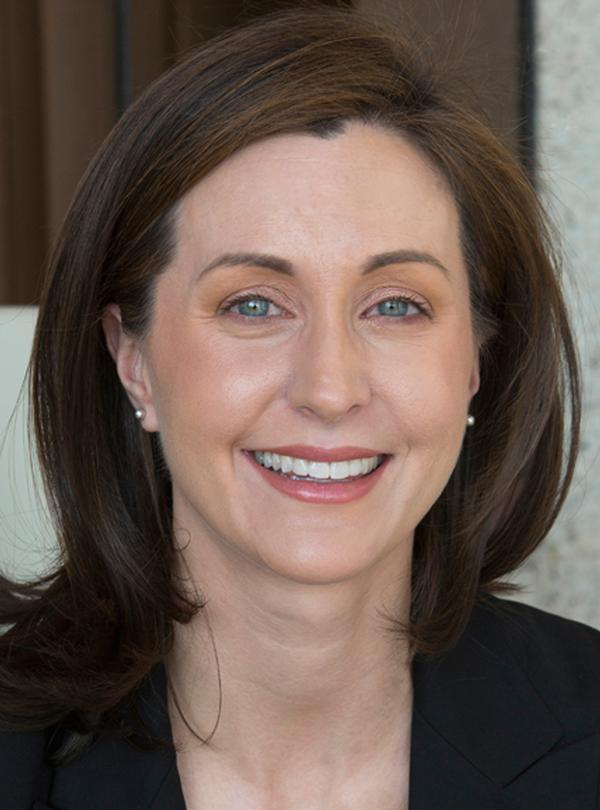
The spa industry has evolved at a rapid pace and innovation by companies not considered to be traditional spa outlets has been particularly interesting. I recently joined Equinox, a luxury fitness brand that uses spa to drive results and optimise health. Doing this well requires the creation of an ecosystem that eliminates the need to hard-sell spa services or wait for guests to come to you. This is done through clear messaging that underscores spa’s importance to the larger brand.
To move from amenity to necessity, spa offerings must be an extension of a brand’s positioning and value proposition. Offerings not synergistic with the larger brand point of view create dissonance and make it much more difficult to recommend with authority or appeal effectively to the target market in an innovative way.
Employing excellent technicians who are strong retailers and a good cultural fit is a given in the fitness world. They must view recommendations and long-term treatment plans as excellent guest service – not as an unwelcome sales technique.
Relationships are key. Building trusting relationships with guests means becoming an expert part of their high-performance lives. Just as importantly, spa service providers must cultivate partnerships with their colleagues in the larger organisation, working collaboratively with personal trainers and instructors.
In every successful scenario, there is a top-down commitment to spa and wellness offerings playing a critical role in what is happening holistically, and everyone who works at the organisation is walking that walk and talking that talk – not just the spa team.
“To move from amenity to necessity, spa offerings must be an extension of a brand’s positioning and value proposition”

Alexandra Charalampidou,
Director of financial performance,
Resense
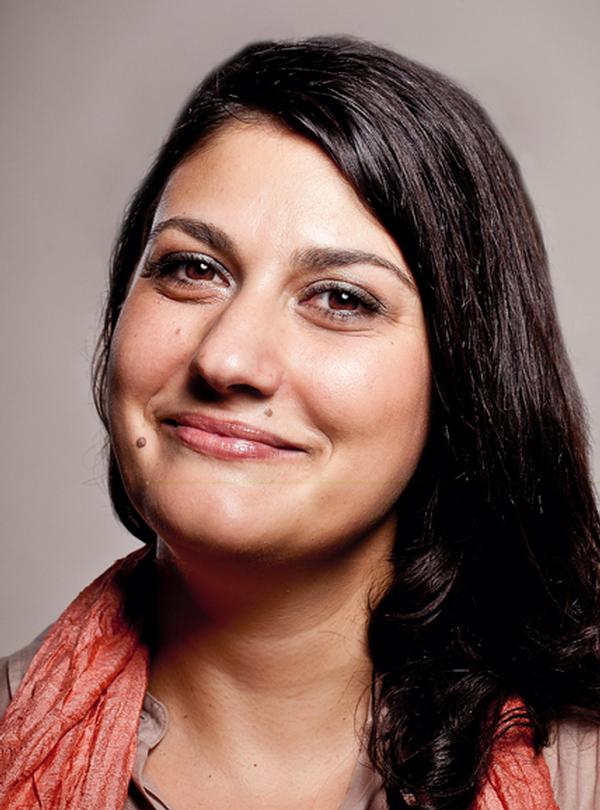
The spa and wellness industry is exceptional at creating amazing experiences and improving the lives of our guests ... but are we equally good at taking care of our owners and investors? Guest focus is natural for spa and wellness people – their typically intuitive and kinaesthetic nature is often what attracted them to this industry. But for the same reason, ROIs, IRRs and KPIs are not always in spa managers’ comfort zones.
As the world becomes more competitive and our clients demand higher financial returns on their investments, how do we deliver?
Our industry continues to discuss – and even argue about – the benefits of KPIs and terms such as yield management. I believe the problem is that many – though not all – spa managers may have some difficulty relating these indicators to everyday business in their spas.
The reason we still argue about the benefit is that we’re viewing them as statistics, rather than indicators. KPIs are tools, and their relevance is how they intersect – and the better business decisions that can be made accordingly to optimise performance. For example, we often calculate treatment room utilisation, but how is that actually useful to the spa manager of an existing facility once it’s built? The intersection between therapist utilisation and bookings turned away is far more interesting for indicating rostering or scheduling deficiencies.
As spa experts, it’s our responsibility to provide the right training, and systems that don’t push square pegs into round holes, to equip our spa teams with simple, translatable business analysis and techniques that minimise costs, maximise revenue and ensure their assets perform well for their owners and investors.,null
“It’s our responsibility to provide the right training, and systems that don’t push square pegs into round holes”
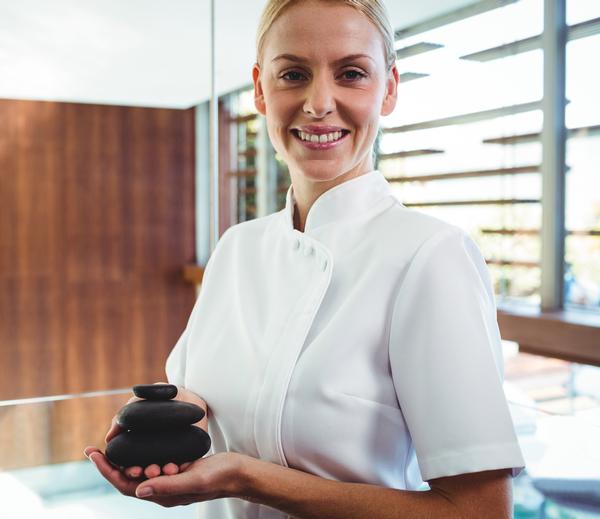
Professor Gerry Bodeker, PhD,
Department of Epidemiology,
Columbia University; and Green Templeton College, University of Oxford
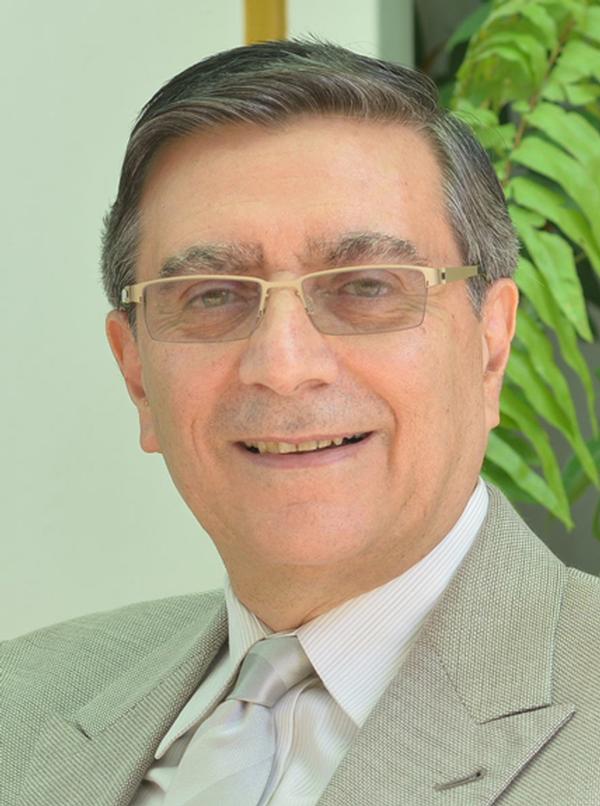
As recently as a few decades ago, it was thought that adult development largely froze in late adolescence and that any growth in mental and emotional capacity during adulthood was marginal. Subsequently, a wealth of neuroscience and cognitive research has shown this to be a serious underestimation of the potential for adults to continue their development throughout their lives. New findings on the connection between gut microbiota and the brain has given rise to the term ‘gut-brain axis’ and nutritional and probiotic solutions to mental health and wellness are currently being studied.
CStrategies for lengthening telomeres include a healthy and anti-inflammatory diet, regular exercise, clean air and healthy sleep, alongside the mental paths of positive thinking, gratitude and mind-body techniques such as meditation, yoga or qigong, as well as a supportive and nourishing social environment.
Regular connection with nature has been shown to increase mental wellbeing and research on ‘earthing’ has found that having the feet in contact with the earth is associated with enhanced immune functioning, wound healing and the prevention and treatment of chronic inflammatory and autoimmune diseases.
An exciting picture is emerging from this broad-spectrum view of paths to mental wellness. The most microscopic levels of our lives – our telomeres, the microbes in our gut and their influence on our brain – through to the effects of inner development techniques, such as meditation and the influence of our social environment, all are available as a portfolio of pathways to mental and physical wellness.
“An exciting picture is emerging from this
broad-spectrum view of paths to mental wellness”








